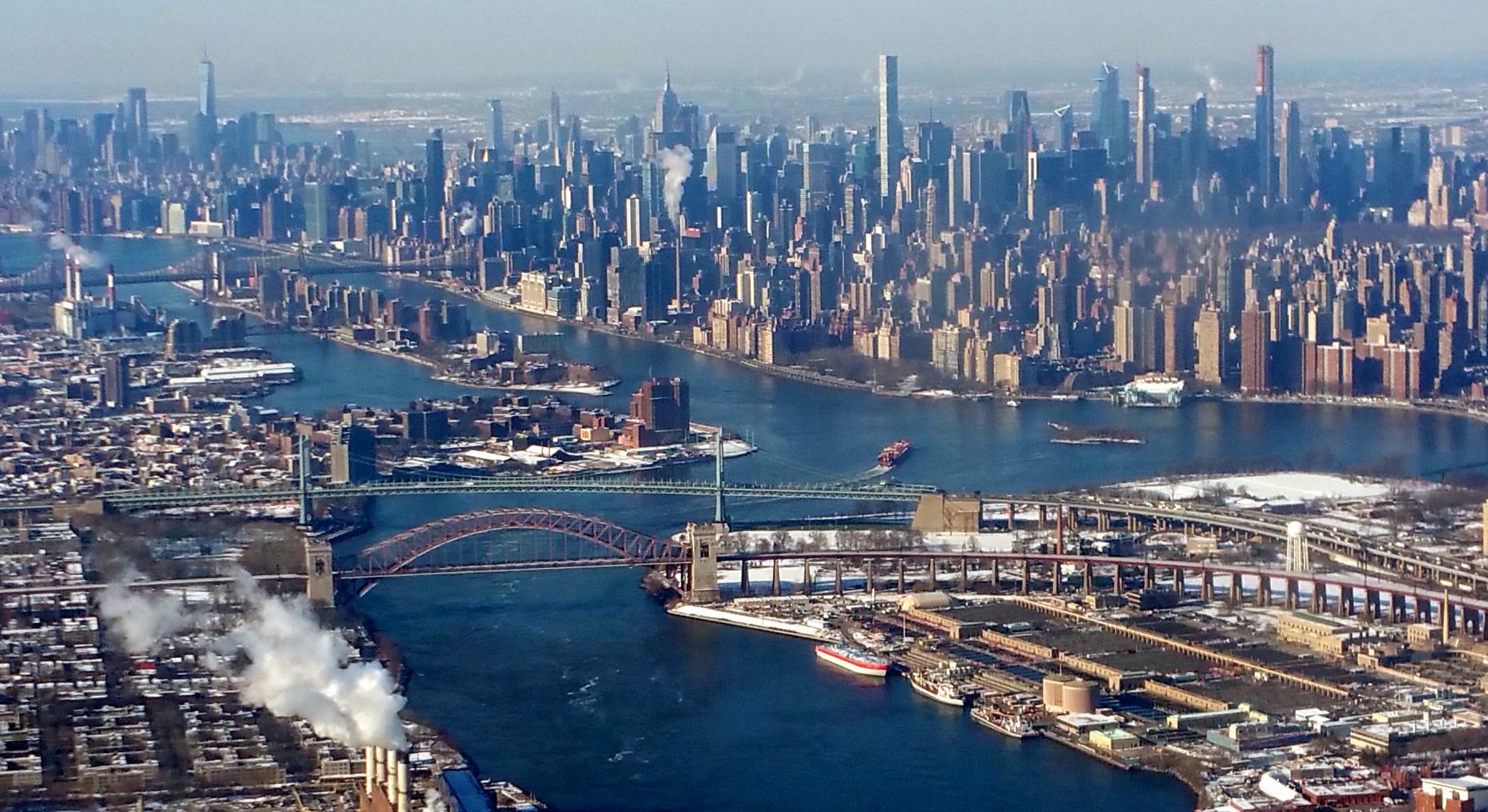I assume that when a police officer comes upon an injured, and especially a gravely injured, person, the officer typically calls for medical help (EMS) and then, while waiting for its arrival, provides whatever first aid and comfort the officer can.
This seems not to be happening in instances where the person has been injured by the police—and to be specific, where the person has been shot by the police. This New York Times story chronicles a number of incidents, captured on publicly-released video, where recent police shootings have been followed by groups of officers standing around, just looking at the shot, often dying, person.
Many things might cause this inaction. At the threshold, some situations and settings might be actively dangerous—a shot person is not automatically safe to approach or to touch. Some officers, especially shooters, might also be in a kind of shock, frozen in the moment. Some officers, not knowing much first aid, might feel unqualified to do anything. Some shooting victims are, possibly, so obviously “gone” that nothing will aid them. But some police inaction might be based in callousness, and in failures of trainers and commanders to encourage, direct and build human empathy.
We—society, and every police chief, and every individual officer—need to fix this. Policing, properly done, is about law enforcement. But it also is about caring for the community, and each person among us. We recognize this in our constitutional law: the Fourth Amendment prohibits unreasonable searches and seizures, including touching and handling persons, but it is objectively reasonable for police officers to engage in searches and seizures when they are trying to help an injured person. (See Chief Justice Roberts’s 2006 opinion for the unanimous Supreme Court in Brigham City v. Stuart.)
Yes, it can be constitutionally reasonable for the police to seize a person by, for valid reasons, shooting him or her—that is the lawful use of deadly force. But even after a lawful seizure of a person, the government may not arbitrarily cause suffering. (Think of a convicted criminal lawfully incarcerated. The government has seized him. But it may not then torture him or, without reason, deny him basic attention, care and sustenance.)
I have never come upon a shooting victim. But I have seen injuries, and I have been injured—as you have too. As a bystander, I’ve tried to help—to perform modest first aid, to speak words of comfort, to stay at the side of the person in pain. As a victim, I’ve received the first aid, the kind words, the held hand, and I’ve been grateful. It seems a basic thing that makes our world decent.
Our cops—our community caretakers—should jump in to care for injured people as much, as often, as reflexively, as they jump into situations to enforce our laws. I believe that this instinct is already in most cops as people, or it was. It should be reignited, trained, encouraged, rewarded, applauded.
Every victim of violence is a person whom the police have, commendably, sworn to protect.
